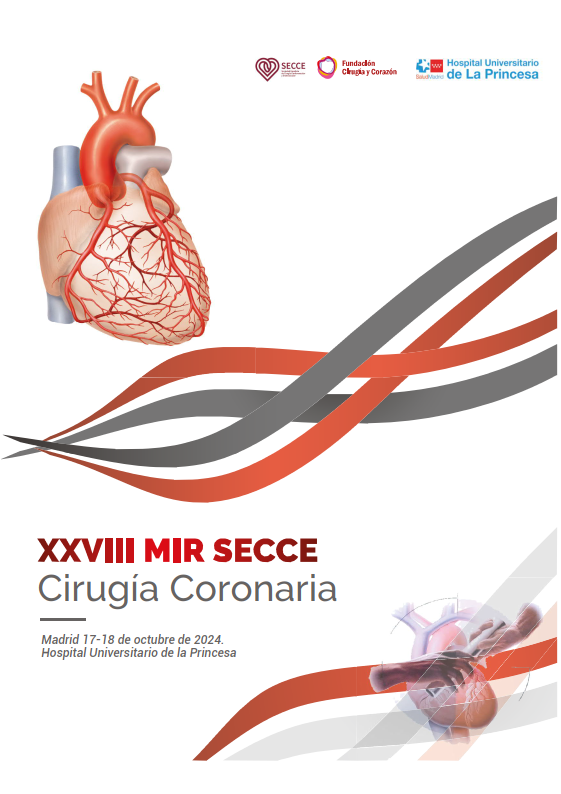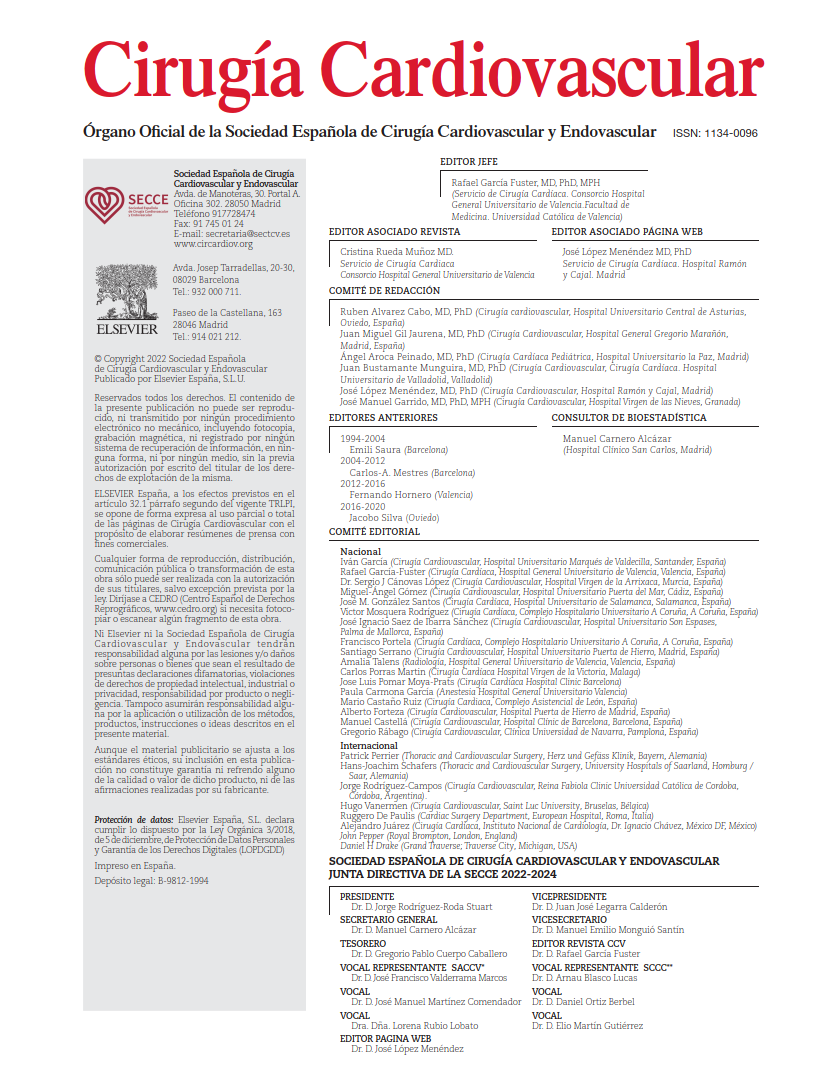Aortic valve replacement is the gold-standard treatment for severe symptomatic aortic stenosis. Current guidelines favor bioprosthetic valves over mechanical valves for patients older than 65 years, and their use has increased due to evolving treatment options, including transcatheter approaches.
Comparing the two types of bioprosthetic valves (bovine vs. porcine) is of significant clinical relevance, as previous studies highlight superior hemodynamic characteristics in porcine valves, while others support the use of bovine bioprostheses.
The objective of this study was to compare the clinical outcomes of aortic valve replacement using bovine pericardial and porcine bioprostheses. A nationwide administrative database was used for this purpose. Adult patients older than 40 years who underwent bioprosthetic valve replacement, without additional valve procedures, between 2003 and 2018 were identified from the Korean National Health Insurance Service database. The outcomes analyzed included all-cause mortality, cardiac mortality, and prosthetic valve-related events, including reoperation, endocarditis, systemic thromboembolism, and major bleeding. Initial adjustment was performed using propensity score matching, and time-related outcomes were evaluated using a competing risk analysis.
Among the 7,714 patients who underwent bioprosthetic aortic valve replacement, 5,621 (72.9%) received bovine pericardial prostheses and 2,093 (27.1%) received porcine bioprostheses. After matching, 1,937 pairs were included in the final analysis. During follow-up (median 4.49 years; interquartile range, 2.83-8.20 years), the use of porcine bioprostheses was associated with a higher risk of aortic valve reoperation (adjusted hazard ratio [HR] = 1.87; 95% confidence interval [CI] = 1.16 to 3.01). However, no significant differences were observed in the cumulative incidences of all-cause mortality, cardiac mortality, thromboembolism, or major bleeding. Subgroup analyses revealed that the use of bovine valves was associated with better survival in patients with diabetes mellitus, whereas in dialysis patients, porcine valves exhibited better survival than bovine valves.
Based on these results, the authors concluded that the use of porcine prostheses was significantly associated with an increased risk of reoperation compared with bovine prostheses.
COMMENTARY
Several studies have reported favorable outcomes for both porcine and bovine valves. For instance, an English study found no significant differences in survival, suggesting that long-term survival rates were similar between the two bioprosthetic types. Conversely, a Swedish study reported improved survival with porcine valves. These diverse results may be attributed to the fact that current valve models used in routine clinical practice have not been adequately evaluated, or to the lack of proper adjustment for clinical variables and individual patient characteristics.
A key concern regarding the use of bioprostheses is structural valve degeneration. A previous study found no statistically significant differences, although a distinction in freedom from degeneration was observed between the two valve types. It is important to note that bioprosthetic valves degenerate in different ways: bovine valves fail due to leaflet fibrosis and calcification leading to stenosis, while porcine valves tend to fail due to cusp tearing.
In young patients with porcine aortic bioprostheses, there is a risk of developing early porcine valvular disease (a condition caused by a porcine enterovirus). Therefore, recipient age is a crucial risk factor, particularly given the increasing use of bioprosthetic valves in younger patients.
The main findings of this study indicate that, during follow-up, patients who received bovine prosthetic valves had higher prevalences of diabetes mellitus, dyslipidemia, congestive heart failure, and anemia compared to those with porcine valves. Additionally, the use of bovine prostheses increased significantly over the study period.
The use of porcine bioprostheses was associated with a higher risk of aortic valve reoperation. However, no differences were observed in survival outcomes. The increased tendency for reoperation in porcine valves may be due to their greater leaflet fragility compared to bovine valves, making them more susceptible to tearing.
Another important finding regarding porcine valves is that dialysis patients demonstrated better survival outcomes, potentially due to more aggressive calcification processes associated with hyperparathyroidism, which predominantly affects the pericardium. However, the exact causes of reoperation could not be determined in this study.
No significant differences were observed in the cumulative incidences of all-cause mortality, cardiac mortality, thromboembolism, endocarditis, or major bleeding.
Furthermore, in this study evaluating more than 7,000 patients, no differences in postoperative survival were observed between bovine and porcine bioprostheses, even after adjusting for clinical variables such as initial comorbidity, hospital level, and patient characteristics. These findings suggest that valve material alone may not have a substantial influence on long-term survival outcomes.
Diabetes mellitus was identified as an independent risk factor for the accelerated progression of the transprosthetic gradient. It is well known that atherosclerosis contributes to the calcific degeneration of bioprostheses in diabetic patients. Thus, in patients with porcine valves and diabetes, there is an increased risk of early degeneration and calcification.
The study’s limitations include the lack of certain clinical variables, such as echocardiographic data, valve models, and valve sizes, which limited the ability to comprehensively assess the impact of valve characteristics on outcomes.
When selecting a valve type, several factors must be considered: patient age and life expectancy, clinical characteristics—particularly for diabetic and renal failure patients—as well as the availability of valve types at the medical center, the most commonly used prostheses, and the surgical team’s experience. Ultimately, an individualized approach is necessary to determine the best option for each patient.
REFERENCE:
Hong Rae Kim,a Ho Jin Kim, Seonok Kim, Yejee Kim, Jung-Min Ahn, Joon Bum Kim and Dae-Hee Kim. Bovine pericardial versus porcine bioprosthetic aortic valves: A nationwide population-based cohort study in Korea. J Thorac Cardiovasc Surg 2024 Nov;168(5):1438-1447.e4. doi 10.1016/j.jtcvs.2023.10.060



